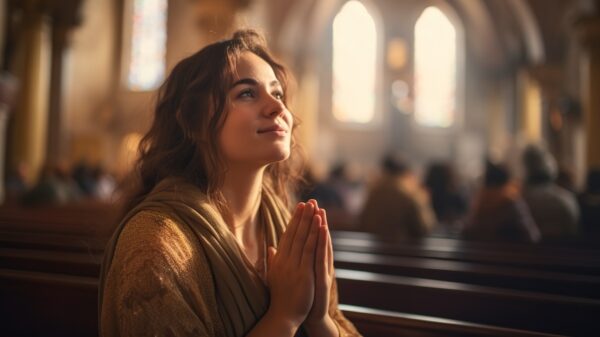One of the first dates I went on with my now husband was a long-distance bike ride. He wanted to share this hobby with me, and I was hooked after our first trip. Since that first ride seven years ago, we have shared many more cycling excursions of varying distances and in various locations, mainly in north-eastern North America. So this past summer while in eastern Europe to celebrate our fifth-year wedding anniversary, when we saw bicycles available to rent for the day, we hardly had to exchange words to understand that we were thinking the same thing.
Five minutes after the rental facility opened the following morning, we were already seated on our rented tandem bike with freshly inflated tires and ready to start our ride. The evening before, we had planned our route through the picturesque and peaceful Curonian Spit National Park. It was a beautiful morning that reflected the setting for the rest of the day as well: a mix of sun and cloud, warm but not too hot. We had perfect conditions for seeing this new location by biking together.
Want more Radiant? Sign up for our weekly newsletter!
The tandem bike was new to us as well. However, we were both eager to try out the only tandem bicycle available to rent. While reflecting on our tandem ride, it struck me that it creates an interesting link to the Sacrament of Marriage. I will share some of the parallels below.
1. Two become one
Through its mechanical nature, a tandem bicycle is a nice metaphor of this premise of marriage. To make a tandem bike go, both riders need to be in sync as a couple and pedal.
“And the two shall become one flesh. So they are no longer two but one flesh. Therefore what God has joined together, no human being must separate” (Mk 10:8-9).
2. A commitment to go the distance
A bike ride is a journey, and on a tandem bike in particular, it is a journey where both riders must be committed to riding together to keep the bike moving forward. In our case, it was a 37-mile back-and-forth ride through a national park. Decisions need to be made together along this journey to go the distance. Some responsibilities related to such decisions are shared (i.e. pedaling effort), but others are specific to one rider (i.e. when to brake and where to steer is done by the rider in the front of the bike). Regardless, the end goal is the same for both parties: pedal to stay on the path together and successfully complete the ride. Such is the goal of marriage: a commitment of lifelong fidelity.
“The love of the spouses requires, of its very nature, the unity and indissolubility of the spouses’ community of persons, which embraces their entire life” (Catechism of the Catholic Church, No. 1644).
3. Communication and trust are key
On a tandem bike, I think communication and trust go hand in hand. Early in the ride, we recognized that the best way to coordinate our efforts was by effective communication. I sat in the rear seat on the tandem and my husband sat in the front. Given that I am quite a bit smaller than him, I was unable to see what obstacles were ahead (e.g. bumps in the path, other riders coming from the opposite direction). As the rider in the rear seat, I was equipped with a handlebar without access to the brakes or the gear shift. My husband would give a verbal warning before the path got bumpy or right before he used the brakes to give me a heads-up to prepare myself. I had to trust that he was steering us and conveying relevant information to me correctly. Likewise, as the person in the front, my husband had to trust that I, in the back, was not slacking with regard to pedaling. Poor or sloppy communication in marriage can lead to hurt and mistakes, but good communication guided by trust helps bind a relationship.
“Let me hear your faithfulness in the morning, for I trust in You” (Ps 143:8, NASB).
4. Both navigate through the good and hard times together
When we had to maneuver our tandem bike amid rougher patches, such as a demanding hill, we cheered each other on and coordinated our efforts to successfully reach the top and get to the other side of the elevation. By communicating, trusting and, of course, pedaling hard, we were always able to get through the more challenging parts of the route. The same is true in both the good and difficult parts of marriage; we navigate both together.
“If the one falls, the other will help the fallen one. But woe to the solitary person! If that one should fall, there is no other to help” (Ecc 4:10).
We look forward to sharing our upcoming adventures together on the journey of marriage, both on and off the bike.




